Examples
Read more
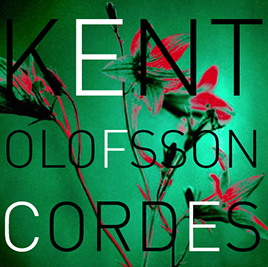

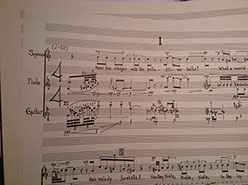
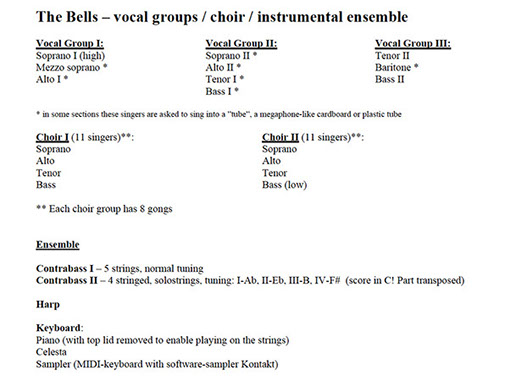
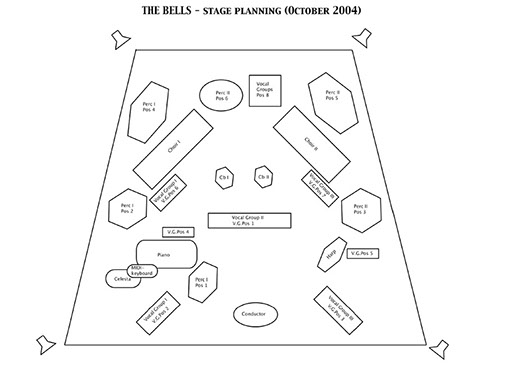
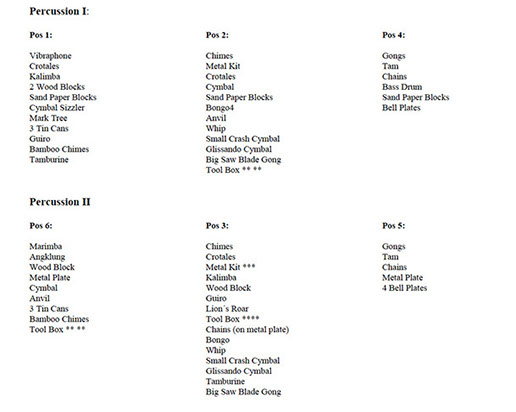
Table of contents
I. Introduction and background
III. Two versions: a critical comparison of a rework # 1
V. Two versions: a critical comparison of a rework # 2
VII. The compositional structure
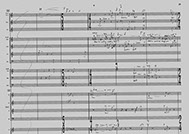
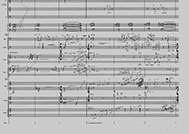
Sketch for the second part, "Golden bells", of the final version of The Bells, composed in 2004-05
Barthes, Roland. From Work to Text. (1977). Image-Music-Text. 155-164. London: Fontana.
Stefan Östersjö. (2008). SHUT UP “N” PLAY! Negotiating the Musical Work. Lund: Lund University.
An early attempt to set music to The Bells was for a trio with soprano, flute and guitar in the end of the 80's.
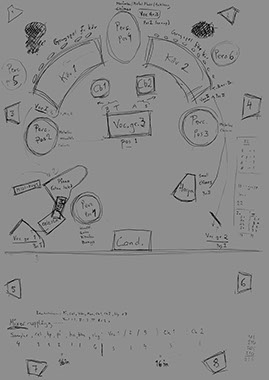
Cameron, Kenneth W. "Poe's 'Bells' and Schiller's 'Das Lied Von Der Glocke'" The Emerson Society Quarterly 19.2 (1960): 37. Print.
Cameron, Kenneth W. "Poe's 'The Bells'—A Reply to Schiller and Romberg?" The Emerson Society Quarterly 38.1 (1965): 2. Print.
Dameron, J. L. "Schiller's 'Das Lied Von Der Glocke' as a Source of Poe's 'The Bells'" Notes and Queries Oxford, England 14.1 (1967): 368-69. Notes and Queries. Web. 13 Apr. 2014.